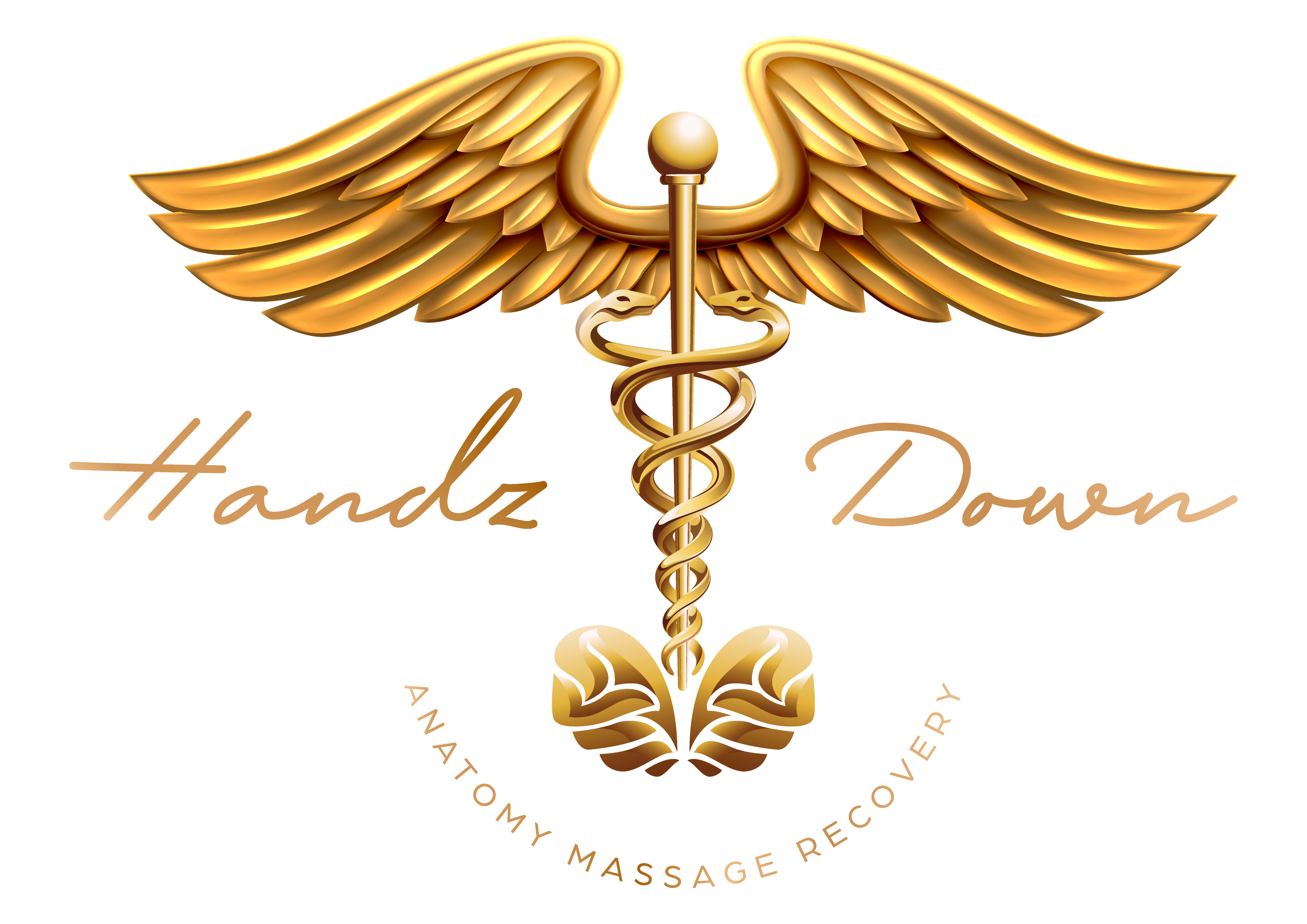Pain types and Treatment
Pain is an unpleasant sensation triggered by harmful stimuli that activate nerve endings. This process is to alert us to a possibility of a injury. This causes the body to react by protecting itself and/or by withdrawing from a harmful stimulus. Pain also stimulates the gamut of physiological changes mediated by the sympathetic nerves system and resulting in the fight-or-flight response.
Types of Pain:
- Acute pain – pain of short duration. May last seconds or weeks.
- Chronic Pain – lasting months, years, or a lifetime. May be intermittent.
- Somatic Pain – arises from stimulating of receptors in the skin (superficial) or from muscle connective tissue (deep somatic pain).
- Radiating Pain – pain travels from the original site to distant places. Ex sciatica pain.
- Referred Pain – pain that is perceived in one area of the body when the actual stimulus is in another area.
Massage Effects On Pain:
MASSAGE INCREASES CIRCULATION
- Increases the delivery of oxygen and nutrients to the cells.
- Speeds the removal of metabolic waste from tissues.
MASSAGE RELAXES AND WARMS THE MYOFASCIAL TISSUES
- Has a circulatory effect on myofascial tissue.
MASSAGE ACTIVATES THE GATE CONTROL
- Pleasurable sensory stimulation of the massage can override the noxious chemical and mechanical stimulus of the pain/spasm reflex.
MASSAGE ACTIVATES CHEMICAL ANALGESICS
- The bodies own pain killers are activated from massage (endorphins, enkephalins, and serotonin).
MASSAGE PROVIDES A FEELING OF WELL BEING
- The emotional/psychological impact of massage in relation to reducing the perception of pain should not be underestimated.
